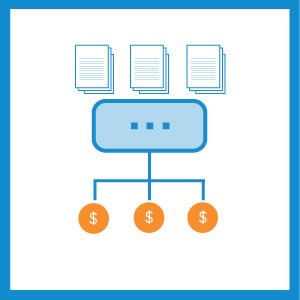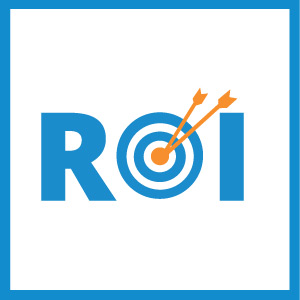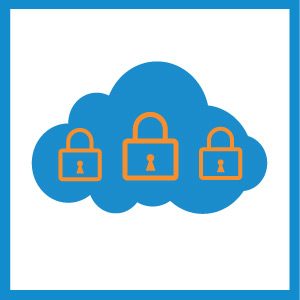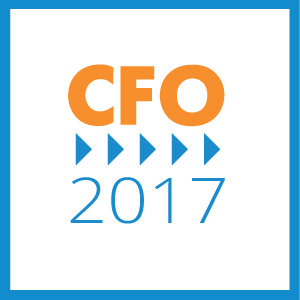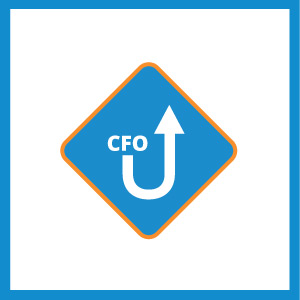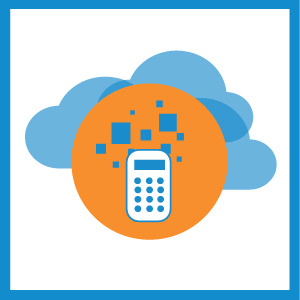Nonprofits: Choosing or Changing Your Fiscal Year-End
Running a successful nonprofit requires a lot of hard work and timely decision making, often without the prestige or paycheck that comes with doing so for a comparably sized for-profit organization. With all this in mind, we would today like to explore one tactic that could improve your visibility, help you better time your expenditures, and simplify your budgeting. This tactic, changing your nonprofit organization’s year-end, has both costs and benefits associated with it, but often can improve outcomes for the organization and its constituents.
Calendar Year vs. Fiscal Year
The IRS allows nonprofits to file using one of two methods: calendar year and fiscal year, offering the following definitions:
- Calendar year– A calendar tax year is 12 consecutive months beginning January 1 and ending December 31.
- Fiscal year– A fiscal tax year is 12 consecutive months ending on the last day of any month except December. A 52-53-week tax year is a fiscal tax year that varies from 52 to 53 weeks but does not have to end on the last day of a month.
Problems with “Traditional” Calendar Years
For some nonprofits, there is nothing wrong with a traditional December 31 year-end—or even a commonly-used June 30 fiscal year-end. For others, these dates pose inconvenience and uncertainty.
Moving away from a traditional calendar year for tax purposes could help you get more clarity into your revenue streams, as well as better control of your budgeting. For many nonprofits, changing your year-end can help you handle fluctuations in revenue (i.e. large amounts of donations coming in the last quarter of the calendar year), and adjust your budgets accordingly.
In addition to this, moving to a fiscal year can help you stay on the good side of employees, who may not want to spend their holidays closing the books, or who don’t want to immediately transition from filing their own income taxes in April to preparing their company’s Form 990 by May.
Why You May Want to Change Your Year-End
So, why would a nonprofit want to adopt a different fiscal year? Many reasons exist, but most commonly, a nonprofit would change its year end to match the ebb and flow of the revenue cycle common in not-for-profit organizations. As mentioned above, using a calendar year creates blind spots in budgeting, as it’s hard to plan an entire year around a highly volatile Q4.
Considerations on Choosing Your Nonprofit’s Fiscal Year-End
Laurie De Armond of BDO and Lee Byrd of Langdon CPAs explored the premise of changing your year end, finding that some of the most important considerations include:
- Program year– the organization’s fiscal year should coincide with its program year so that one year’s program activities should not fall into two fiscal years. For example, if the majority of the nonprofit’s programs fall during the summer months, June 30th is most likely not the best option for that nonprofit’s fiscal year-end.
- Revenue Cycles – If you put considerable focus on fundraising from individuals, it’s important to build around the end of their years. For instance, if an organization receives a considerable portion of revenue between October and December, a calendar year offers little to no flexibility or opportunity to strategize. While a move to end a year immediately preceding a heavy fundraising period my create administrative hassles, it has helped some nonprofit organizations position themselves for smarter spending.
- Grant cycles– Some organizations may find it helpful to align their fiscal year-end with the terms of the organization’s major grants and/or funders. This enables the organization to develop a clean cut-off for grant reporting and simplifies the grants process.
- Primary Funder’s Fiscal Year – This was discussed by BKD author Nikki Kubly, who offers an example similar to that of the grant cycle consideration: “the fiscal year-end may be chosen to coincide with a primary funder’s fiscal year-end and resulting reporting requirements. For example, if a major portion of an organization’s support is from the state government, the NFP may select the same fiscal year-end as the state to simplify reporting on state grants.”
- Audit evidence– Nonprofits who require an audit generally need time subsequent to year-end to close out the books and gather audit evidence in preparation for the audit. Having a year-end that falls during the organization’s busiest time of year may impact the availability and timeliness of sufficient audit evidence.
- Debt covenants– For organizations with significant debt covenants, the cyclical nature of the organization’s operations and the impact on the calculation of those covenants should be considered when choosing a year-end.
- Impact on Audit Period and Presentation in Year of Change:Making a year-end change will affect how an organization presents its audited financial statements in the year of the change and in the following year. An organization can choose to extend the period under audit in the year of a change (i.e. have an audit for a 15-month period end), or have an audit for a short period, plus the organization’s original year end. For this reason, single year audit statements will likely need to be presented rather than comparative statements in the year of change.
- State Charitable Registrations:Consider the impact of a change in year end on the availability of audited financial statements and your Form 990 for purposes of state charitable registrations.
- Application for Combined Giving Campaigns:During the year of a change, consider the impact of the availability of an audit on your organization’s application for the Combined Federal Campaign or other combined giving campaigns.
Paperwork for Changing Year-End
Nonprofits looking to change their year-end need to file Form 1128, Application to Adopt, Change, or Retain a Tax Year, with instructions available here. Form 1128 is used by corporations, Individuals, trusts, and any other entity that needs to change its accounting period with the IRS.
Filing a Short-Year Form 990
If the organization changes its accounting period, it must file a Form 990 for the short period resulting from the change and write “Change of Accounting Period” at the top of this short-period return.
Timing Your Change in Fiscal Year
According to the Cullinane Law Group, a law firm in Austin, Texas serving nonprofits and social enterprises, “If the nonprofit wants to change its fiscal year, it must file IRS Form 1128 by the 15th day of the 5th month following the close of the new fiscal year. Example: Current fiscal year runs from January 1 to December 31; new fiscal year to run from October 1 to September 30. Form 1128 is due on February 15th of the following year.”
Learn More: Running a Successful Nonprofit
At rinehimerbaker, we are committed to helping you succeed. This is why we have written a series of helpful articles on running the finances at a nonprofit organization. We invite you to learn more by reading our articles on Outcome measures, improving reporting, and increasing efficiency. Learn even more by reading these two nonprofit success stories from our friends at Sage Intacct, and contact us for more details.


